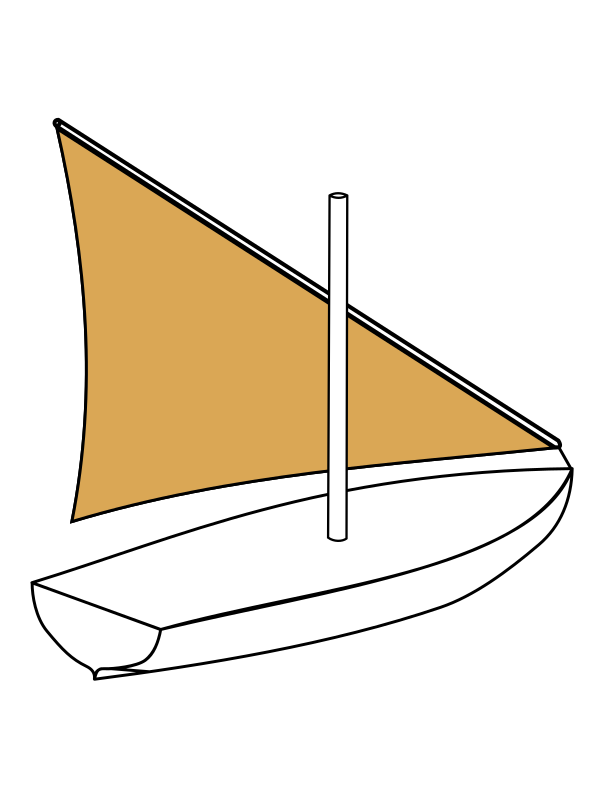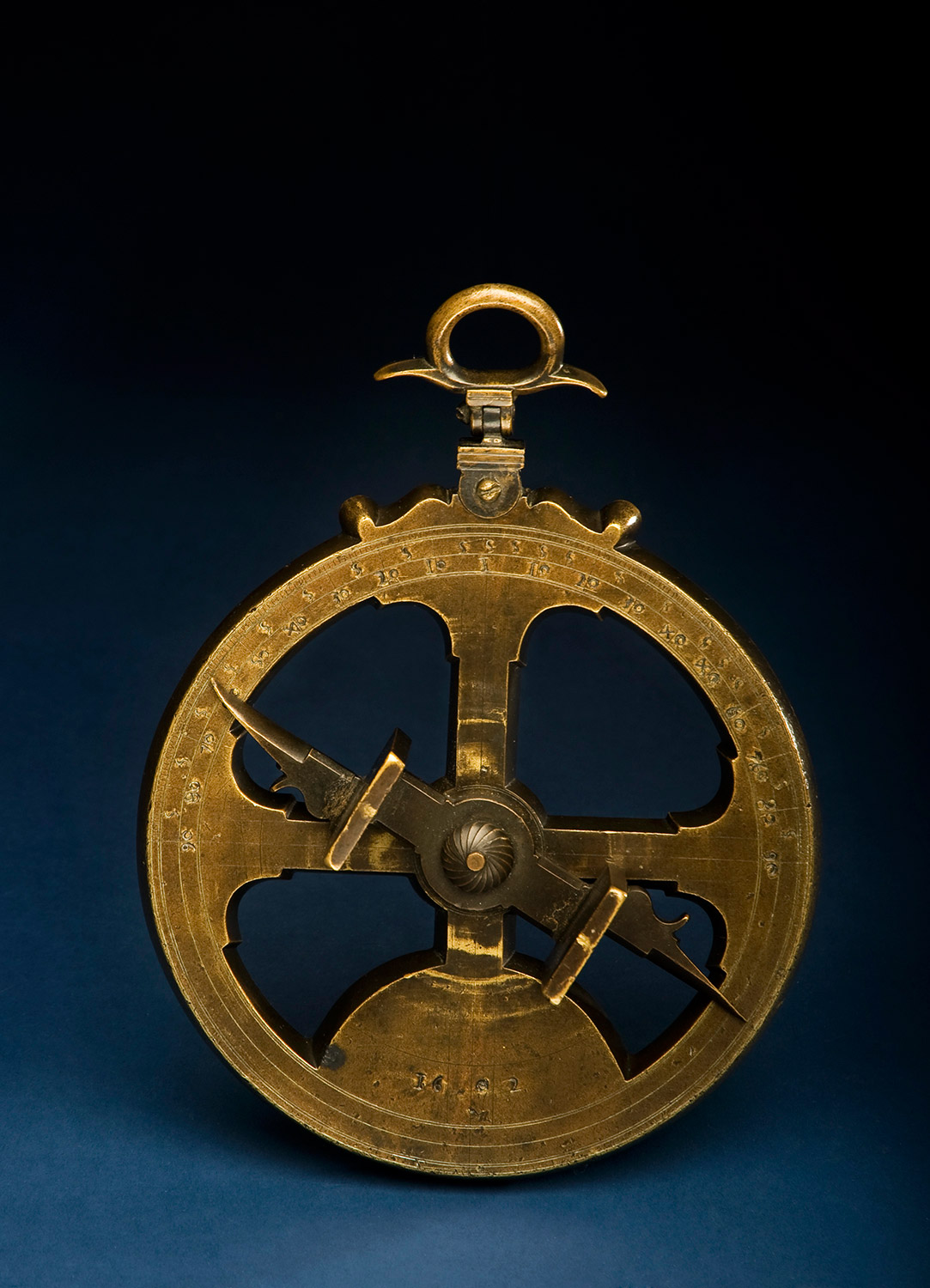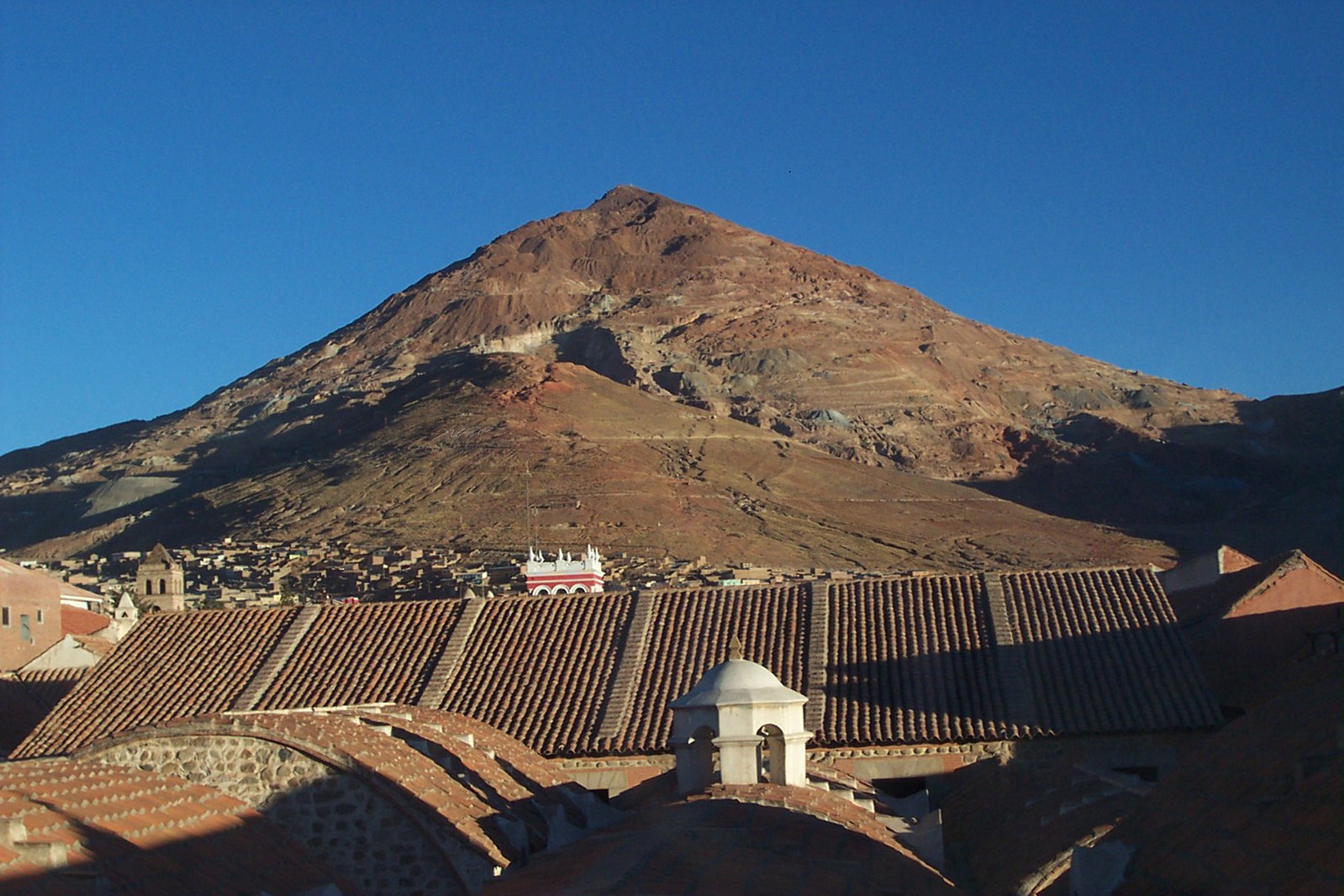OCR Specification focus:
‘Reasons for success; gains and losses for individual explorers and their patrons.’
Exploration during the fifteenth and sixteenth centuries was marked by extraordinary ambition, innovation, and conflict. Understanding the reasons for success and the gains and losses experienced by individual explorers and their patrons helps explain how Europe reshaped global politics and trade in this period.
Reasons for Success
Superior Military Technology
One of the defining reasons for Iberian success was the possession of advanced weaponry. Firearms, steel swords, and cannon provided a decisive advantage over indigenous peoples. These technologies allowed relatively small forces led by Hernán Cortés in Mexico or Francisco Pizarro in Peru to overwhelm far larger native armies.
Naval Expertise and Innovation
European navigators had developed advanced caravel ships, capable of long-distance travel with both speed and manoeuvrability.

Diagram of a lateen rig: a triangular sail set on a long yard mounted to the mast. The geometry of the rig enabled effective tacking into the wind, a key performance edge of Iberian caravels. Source
Combined with the astrolabe and improved maps, explorers could venture across oceans with greater accuracy.

Mariner’s astrolabe (possibly Portuguese, 1602). The heavy, perforated brass ring reduced wind drag and allowed more stable altitude measurements of the Sun or stars at sea, underpinning open-ocean navigation. The page includes brief context on how the instrument worked. Source
Political and Religious Motivation
The monarchies of Spain and Portugal provided consistent patronage because exploration promised both material and spiritual rewards. There was a strong religious dimension: the spread of Christianity through missions and conquest was seen as part of the Reconquista spirit extended overseas. This spiritual justification strengthened royal and papal support for costly expeditions.
Exploiting Indigenous Divisions
Explorers often exploited existing rivalries among indigenous peoples. Cortés famously allied with the Tlaxcalans, enemies of the Aztec Empire, while Pizarro benefitted from the Inca civil war between Atahualpa and Huáscar. Such divisions allowed Europeans to secure local manpower and intelligence.
Economic Incentives
Wealth in the form of precious metals, spices, and new trade opportunities was a constant incentive. The lure of gold and silver made expeditions extremely attractive to both monarchs and private adventurers. The immense bullion flows from Mexico and Peru confirmed these rewards.
Gains for Explorers
Social Status and Titles
Explorers who succeeded were often rewarded with noble titles, estates, and official posts. For example, Columbus was granted the title “Admiral of the Ocean Sea,” and conquistadors were given the encomienda system, granting them rights over land and labour.
Wealth and Spoils
Many explorers returned with immense riches. Pizarro and his men obtained vast amounts of silver from Peru, while Cortés acquired treasure and tribute from Mexico. Wealth transformed the social standing of these men and their families.
Personal Fame
Explorers gained lasting fame, both in their lifetimes and historically. The names of Magellan, Vespucci, and Cabral became symbols of daring and global achievement, ensuring their place in European memory and state propaganda.
Losses for Explorers
High Mortality Rates
Exploration was extremely dangerous. Many expeditions faced shipwrecks, disease, and starvation. Magellan himself was killed in the Philippines during his circumnavigation. Countless unnamed sailors and soldiers perished during voyages.
Political Conflict and Disgrace
Not all explorers enjoyed lasting favour. Columbus fell out with the Spanish Crown after disputes over governance in Hispaniola, leading to his arrest and removal from authority. Explorers could be easily discarded when they ceased to serve royal interests.
Isolation and Betrayal
Conquistadors often faced rivalries among their own men. Disputes over the division of spoils or authority led to mutinies, assassinations, or political undermining. Pizarro himself was eventually assassinated by rival conquistadors.
Gains for Patrons
Expansion of Empire
The monarchies of Spain and Portugal secured vast new territories. Spain controlled much of the Americas, while Portugal established influence in Brazil, Africa, and Asia. This expansion elevated their international standing.
Wealth and Resources
The influx of bullion—particularly silver from the Americas—transformed Spain’s economy, allowing it to finance wars in Europe and reinforce its position as a leading global power.

Cerro Rico (Potosí, Bolivia), the sixteenth-century silver mountain that fed Spain’s imperial finances. The image shows the mineral-scarred cone above Potosí, illustrating the material basis of bullion gains for the Crown and patrons. Source
Religious Prestige
Monarchs were seen as champions of Christian expansion, extending Catholic influence abroad. This bolstered their prestige with the papacy and within Europe.
Losses for Patrons
Overextension of Resources
While wealth flowed in, maintaining overseas empires proved costly. Spain’s wars in Europe drained much of its American silver. The very riches that funded expansion also fuelled long-term economic problems, including inflation.
Diplomatic Tensions
The successes of Spain and Portugal provoked rivalries. The Treaty of Tordesillas (1494) attempted to divide the globe between them, but this only delayed competition from other powers such as France and England.
Human Costs
Though patrons personally benefitted, their policies caused immense suffering to indigenous peoples through conquest, forced labour, and disease. While not a “loss” in royal terms, the devastation undermined potential long-term stability in conquered lands.
Case Studies of Success and Failure
Christopher Columbus
Gains: Opened up the Americas to Spanish colonisation; initially granted wealth and titles.
Losses: Lost governorship of Hispaniola; died in relative disgrace despite his achievements.
Hernán Cortés
Gains: Defeated the Aztec Empire, gained vast wealth, and became a prominent noble.
Losses: Later struggled to maintain influence at court and died without full recognition.
Ferdinand Magellan
Gains: His expedition completed the first circumnavigation of the globe, revolutionising European knowledge.
Losses: Killed mid-expedition, leaving his crew to achieve the triumph without him.
Francisco Pizarro
Gains: Conquered Peru and seized vast silver wealth.
Losses: Assassinated by fellow Spaniards in Lima, undermining his legacy.
Summary of Patterns
The success of exploration rested on a combination of superior technology, maritime skill, political and religious backing, exploitation of indigenous divisions, and the pursuit of wealth. Explorers often gained prestige, wealth, and fame, yet faced high personal risks and political instability. Patrons such as monarchs benefited from empire, bullion, and prestige, but also bore the costs of overextension, inflation, and diplomatic tension.
FAQ
The Treaty of Tordesillas (1494) divided newly discovered lands between Spain and Portugal. This agreement reduced conflict between the two crowns but limited opportunities for explorers working outside their assigned spheres.
For Spain, it guaranteed access to much of the Americas.
For Portugal, it secured influence in Africa, Asia, and Brazil.
While patrons gained greater clarity over territorial claims, explorers often found their ambitions restricted by these diplomatic boundaries.
Even successful explorers could lose favour with monarchs or face political rivals. Many lacked strong networks at court, meaning they were vulnerable once royal priorities shifted.
Columbus struggled with governance and lost his titles.
Cortés faced accusations of mismanagement and ended his career in obscurity.
A lack of institutional support often erased or diminished personal achievements despite significant contributions.
The huge influx of silver, particularly from Peru, initially appeared to enrich Spain. However, inflation quickly reduced the real value of wealth.
Prices across Europe rose sharply, eroding the purchasing power of Spanish treasure.
Military campaigns funded by bullion became unsustainable.
Thus, while patrons gained prestige and short-term strength, their economies suffered long-term distortions.
Explorers depended heavily on their crews but often struggled to maintain authority. Rivalries, hardship, and disputes over spoils led to rebellion.
Mutinies broke out on long voyages when conditions worsened.
Disagreements over treasure division caused divisions.
Leaders like Pizarro were ultimately killed by rival conquistadors.
Such risks highlight that losses were not only external but also internal to expeditions.
Explorers often prioritised fame over caution. The promise of being remembered as a pioneer encouraged daring, sometimes reckless, actions.
Magellan pressed on despite dwindling supplies and was killed in the Philippines.
Columbus insisted on further voyages, even when his reputation had already declined.
Personal ambition could bring lasting historical fame, but it frequently came at the cost of personal safety or political security.
Practice Questions
Question 1 (2 marks):
Name one technological development and one political factor that contributed to the success of Spanish and Portuguese exploration in the fifteenth and sixteenth centuries.
Mark Scheme:
1 mark for identifying a correct technological development (e.g. the caravel, the astrolabe, cannon, firearms, steel swords, improved maps).
1 mark for identifying a correct political factor (e.g. royal patronage from Ferdinand and Isabella or the Portuguese crown, papal support, Reconquista spirit).
(Max 2 marks.)
Question 2 (6 marks):
Explain two ways in which individual explorers benefitted personally from their expeditions, and two ways in which they suffered losses.
Mark Scheme:
Up to 3 marks for gains (max 2 per point, depending on detail):
Titles and honours (e.g. Columbus becoming “Admiral of the Ocean Sea”).
Wealth from treasure, silver, or the encomienda system (e.g. Pizarro’s silver from Peru).
Personal fame and enduring legacy (e.g. Magellan’s circumnavigation).
Up to 3 marks for losses (max 2 per point, depending on detail):
High risk of death (e.g. Magellan killed in the Philippines).
Political disgrace or loss of favour (e.g. Columbus arrested and removed from governorship).
Rivalries and betrayal (e.g. Pizarro assassinated by fellow Spaniards).
Credit should be awarded for explanation and detail, not just simple identification. (Max 6 marks.)

